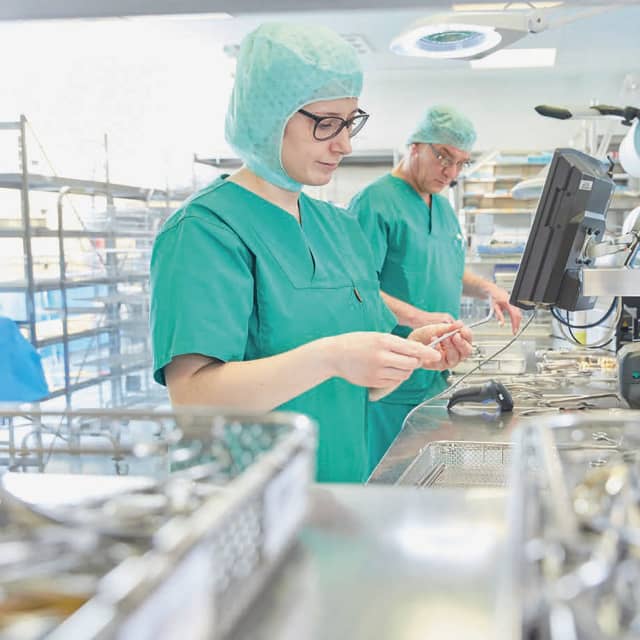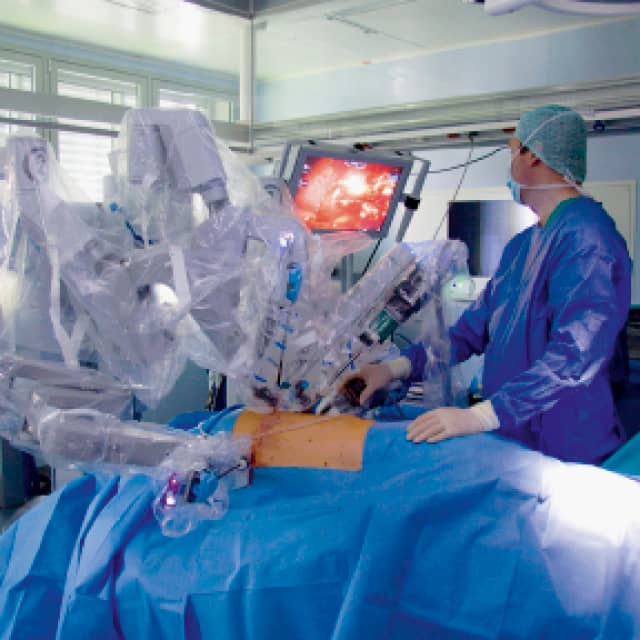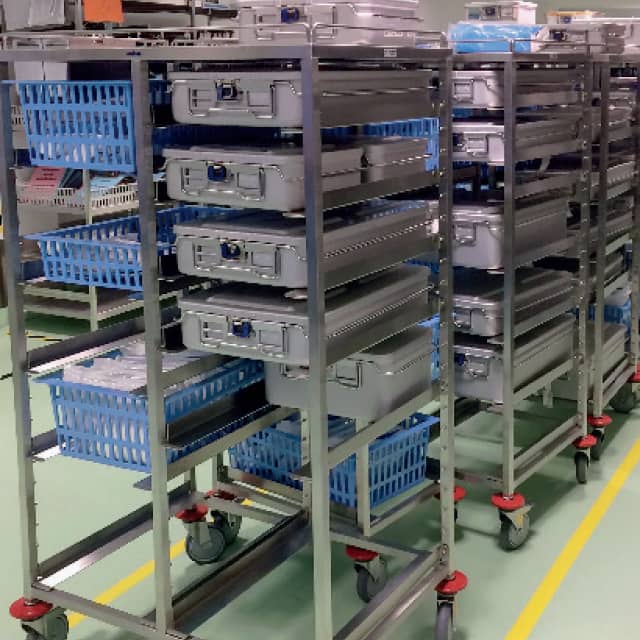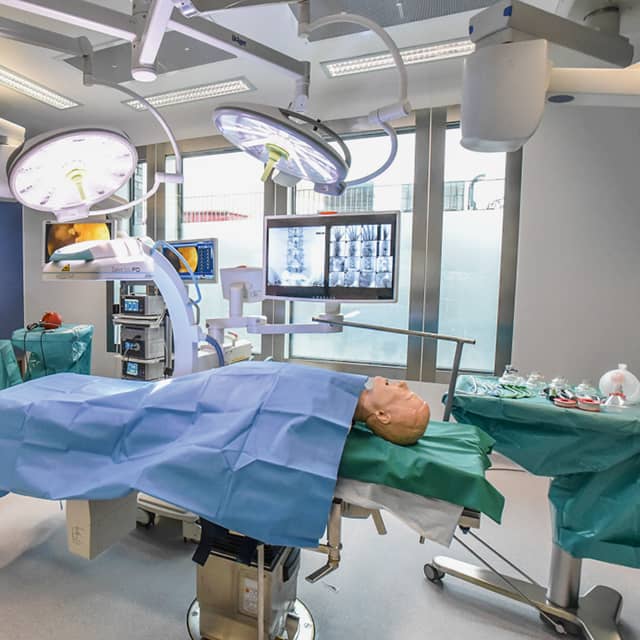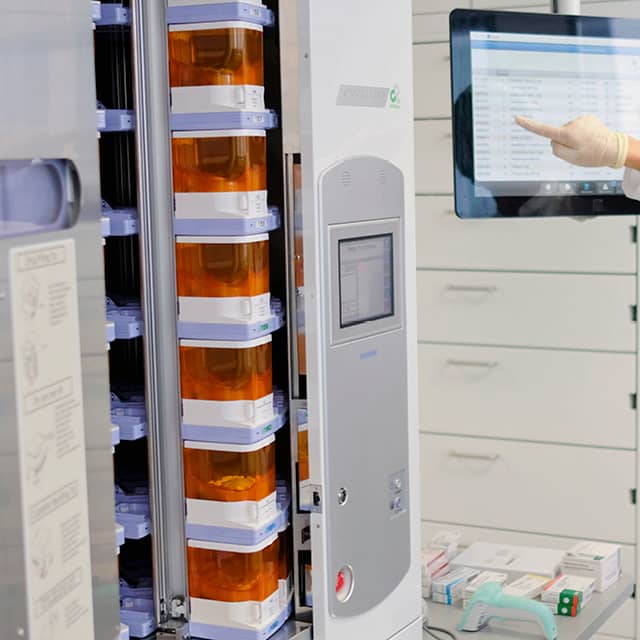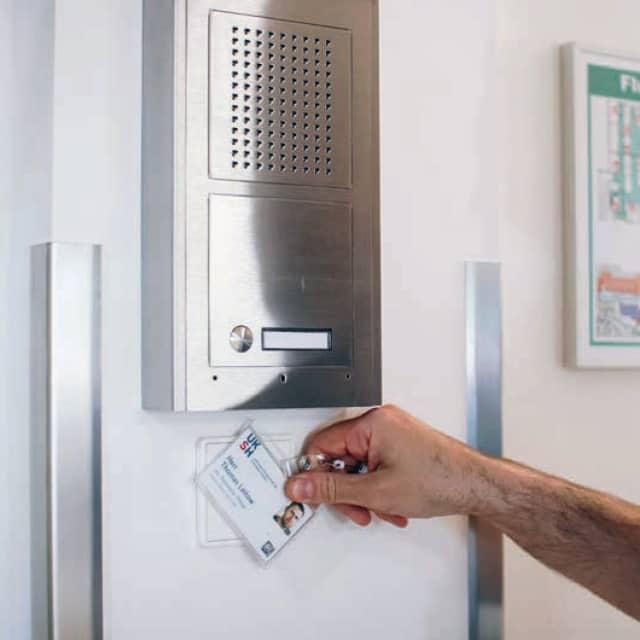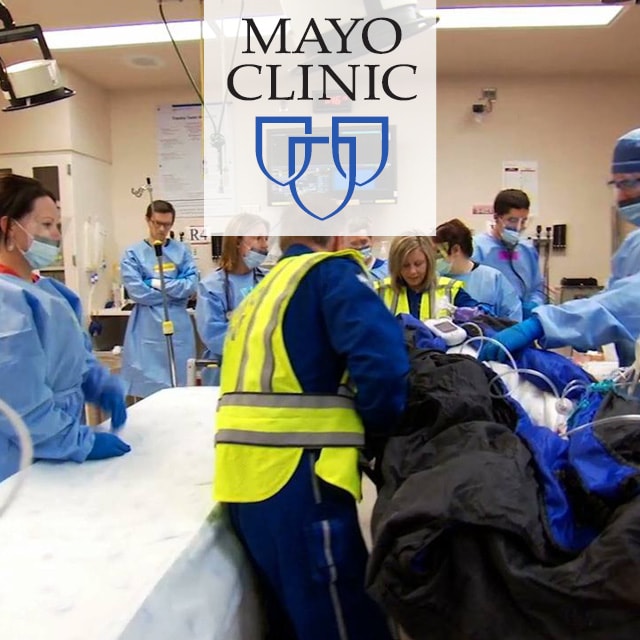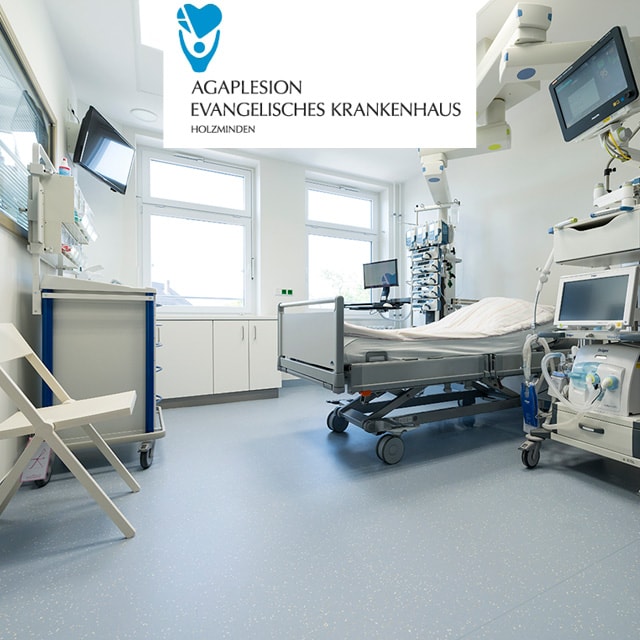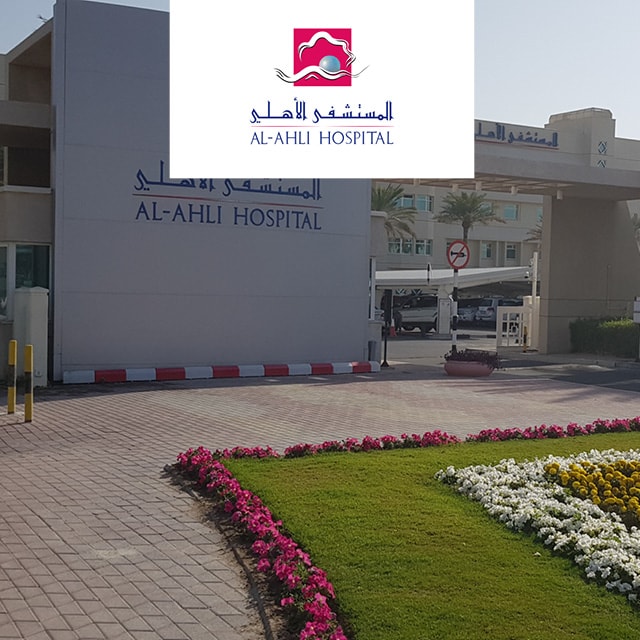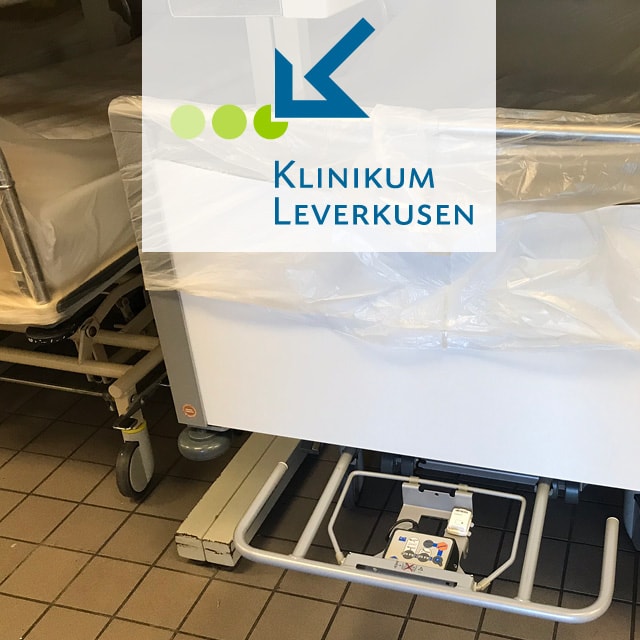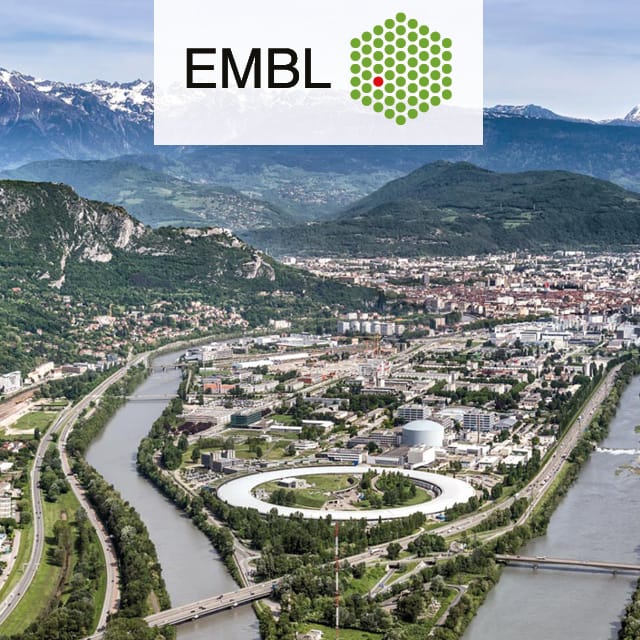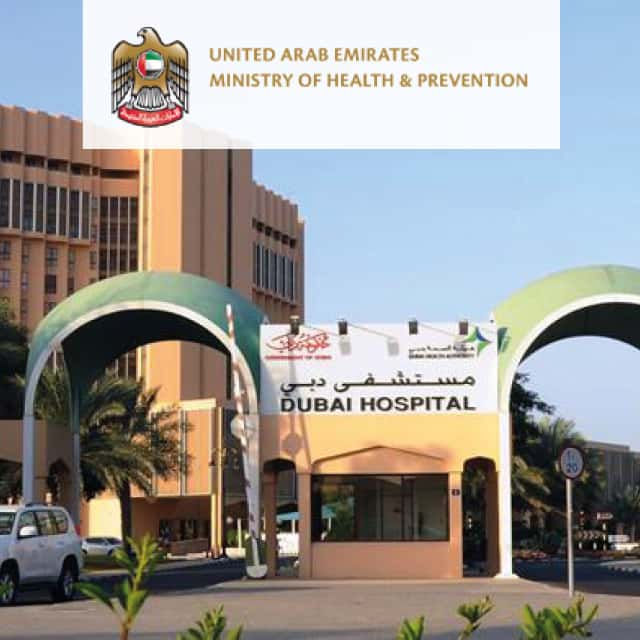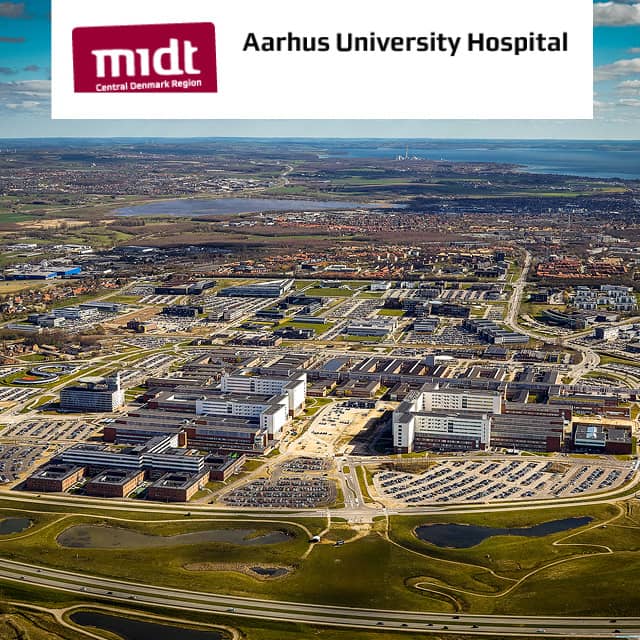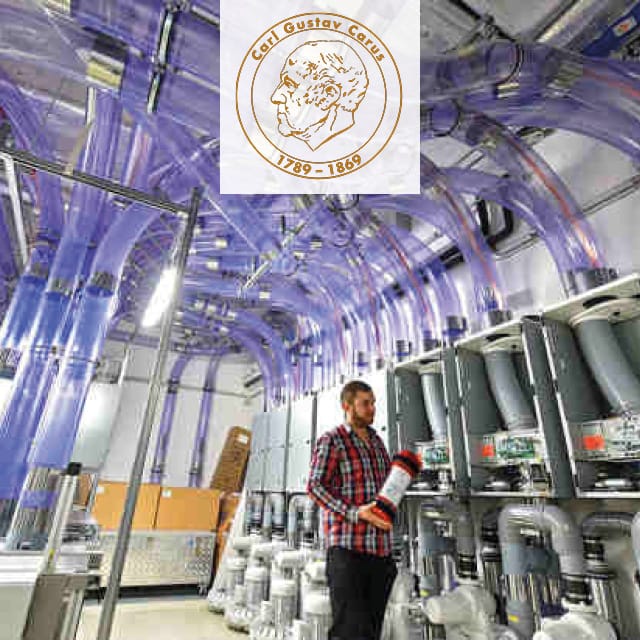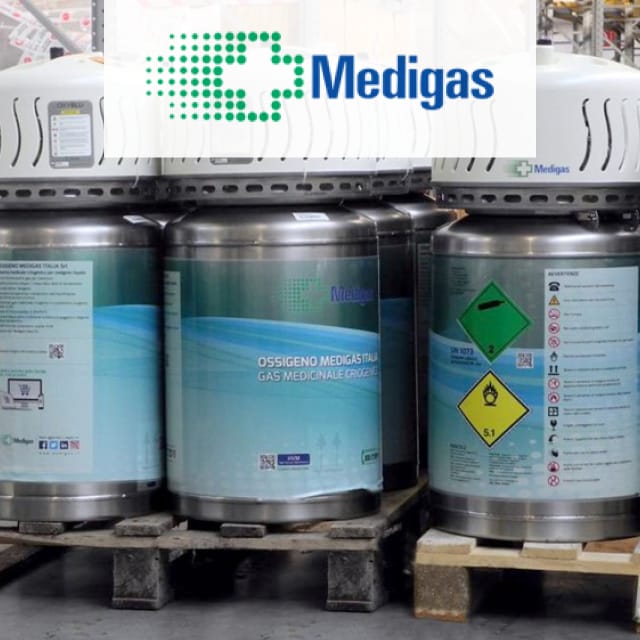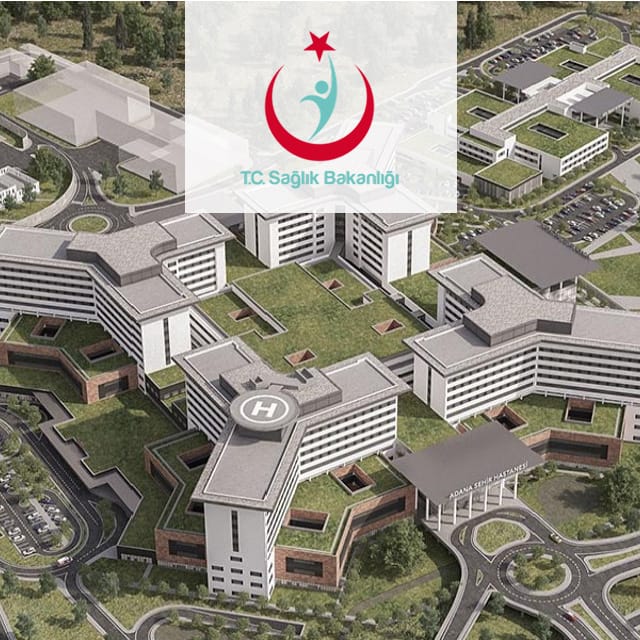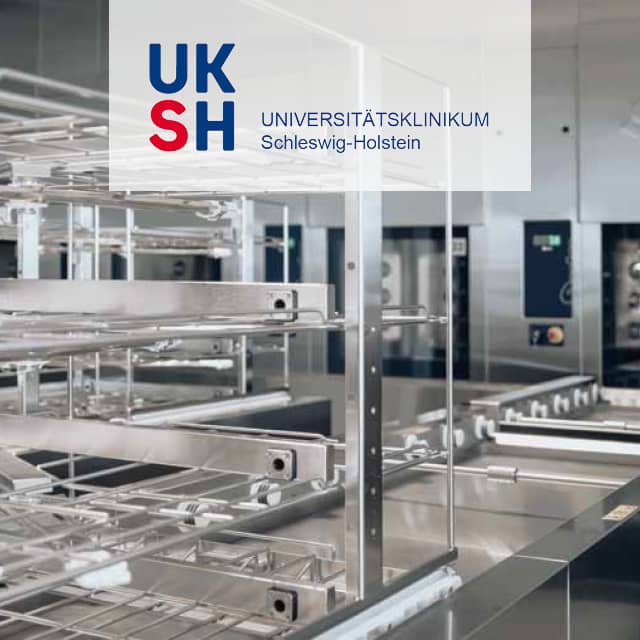
Sterile Goods Tracking with RFID
The University Hospital Schleswig-Holstein (UKSH) is one of the largest university hospitals in Germany with over 2,500 beds at the two hospital sites in Kiel and Lübeck. Both sites have been continuously expanded since 2015 and are among the most modern hospitals in Europe. Part of the modernization are digitalization measures in the reprocessing unit for medical devices (AEMP).
The goal of the university hospital is to optimize the supply of sterile goods from the AEMP to the operating rooms. This includes the tracking of all surgical instruments in the hospital as well as the rapid transport of medical devices from the AEMP to the operating rooms and back.
(Image Source: UKSH)
Process Requirements
Every day, 110 surgical procedures take place at the Kiel University Hospital. The attending physicians require sterile medical devices and surgical instruments for each operation. A total of 6,000 different devices and instruments are used. Rapid sterilization of used medical devices and transport of the surgical instruments required for each operation is necessary.
Each medical device is moved through the clinic in a transport container on drop carts. Contaminants generated during operations, for example with proteins or chlorides, attack the surface of the medical devices. An efficient transport system to the AEMP is needed to clean and sterilize the sterile goods as quickly as possible and to extend the life of the medical devices.
Objectives of the UKSH
- To increase the availability of medical devices for operations
- To track the transport of sterile goods from the AEMP to the operating room
- To reduce transport times between AEMP and operating room
- To extend the life of medical devices through rapid sterilization
The UKSH Solution
Upon arrival at the AEMP, each medical device is scanned and digitally captured, followed by the semi-automated cleaning and sterilization of the products. After sterilization, the material is sorted onto case trolleys by robotic arms under the guidance of an operator. The drop trolleys as well as boxes and containers with medical devices are labeled with RFID tags and enable precise localization of the medical devices within the clinic.
The Kiel University Hospital has an elevator for sterile supplies from the AEMP to the operating rooms. There are two floors between the two areas. Due to the short transport routes and times, used instruments reach the AEMP more quickly. This enables faster cleaning of the medical devices, which reduces wear and tear.
Some sterile goods have a limited service life despite being reusable, for instance the instruments of the Da Vinci surgical robot. In this case, the robot automatically detects the number of usage cycles for a medical device. When the specified number of usage cycles is reached, the sterile goods must be replaced.
Advantages
- Availability of medical devices for operations is increased
- Transport of sterile goods from AEMP to operating room is tracked
- Transport times between AEMP and operating room are reduced
- Lifetime of medical devices is extended by rapid sterilization
Learn More
Questions? Get in contact with the editorial team!
Technologies
Application Fields


